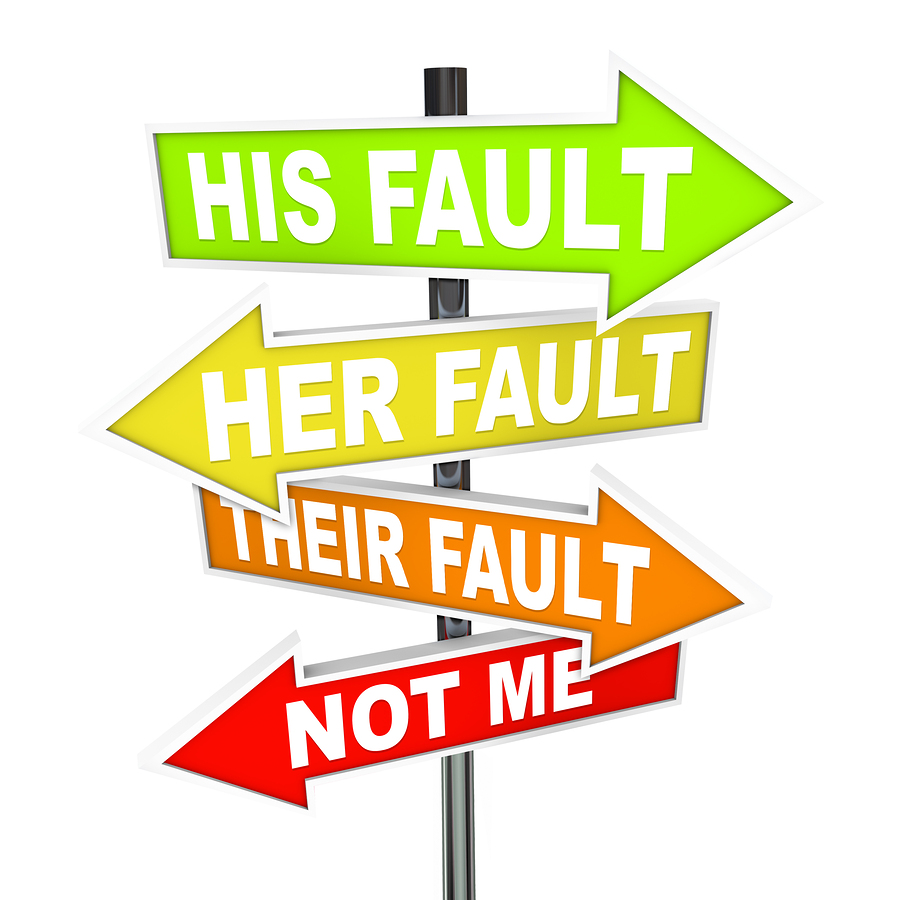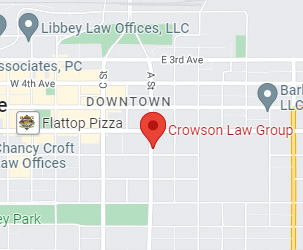At-Fault vs. Negligent: What Is the Difference?

At-fault and negligence are terms often used in legal contexts to describe situations where someone is responsible for causing harm or damage. While they share some similarities, there are distinct differences between the two. In this article, you learn the definitions, examples, legal implications, and comparisons of at-fault and negligence.
Definitions
At-Fault
When someone is considered at fault, it means they bear responsibility for an incident. This could involve actions such as reckless driving, violating safety regulations, or engaging in intentionally harmful behavior. Examples of at-fault behavior include causing a car accident due to distracted driving or intentionally damaging someone’s property.
From a legal perspective, being at fault can have various consequences. In civil cases, the at-fault party may be held liable for compensating the injured party for their losses. This can include paying for medical bills, property repairs, or other damages resulting from the incident. In criminal cases, being at fault can lead to penalties, fines, or even imprisonment, depending on the severity of the offense.
Comparative or contributory negligence may come into play. Comparative negligence occurs when the fault is divided among multiple parties based on their respective contributions to the incident. Contributory negligence, on the other hand, completely bars recovery if the injured party is found to have any degree of fault. Consult AK compensation lawyers to learn if you are at fault and what possible compensation you could receive from the at-fault party.
Negligence
Negligence refers to the failure to exercise the level of care that a reasonably prudent person would have exercised in similar circumstances. It involves several key elements, including duty of care, breach of duty, causation, and damages.
Negligence can take various forms. Ordinary negligence refers to a failure to meet the standard of care expected from an average person in a similar situation. Gross negligence involves a significantly higher degree of carelessness or recklessness, displaying a wanton disregard for the safety of others. Professional negligence pertains to the failure of professionals, such as doctors or lawyers, to meet the established standard of care within their respective fields.
Comparison between At-Fault and Negligence
While at-fault and negligence share some similarities, they also have distinct differences. At-fault typically refers to situations where someone can be directly attributed as the cause of an incident, such as a car accident or property damage. Negligence, on the other hand, encompasses a broader range of scenarios where the failure to exercise reasonable care leads to harm, regardless of direct causation.
At-fault is often determined based on a clear demonstration of responsibility or intentional actions. It focuses on identifying the party responsible for the incident. Negligence, however, requires a higher burden of proof. It necessitates showing that a duty of care was owed, that it was breached, and that the breach directly caused the harm suffered by the affected party.
Additionally, the degree of culpability differs between at-fault and negligent acts. At-fault implies a certain level of intent or deliberate action, indicating a higher level of culpability. Negligence, on the other hand, may encompass actions that are unintentional but still demonstrate a failure to exercise reasonable care. It considers the actions of a person against the standard of care expected in a particular situation.
Understanding the difference between at-fault and negligence is crucial when it comes to legal matters involving harm, damage, or loss. By comprehending these distinctions, individuals can navigate legal situations more effectively, whether as an affected party seeking compensation or as a defendant facing allegations of wrongdoing. Remember, it is important to exercise caution and prudence to prevent harm and ensure a safer environment for everyone involved.


